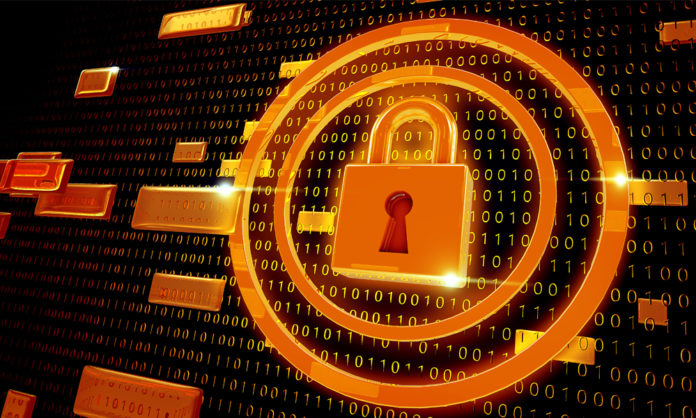

https://pixabay.com/illustrations/cyber-security-information-security-3400657/
Identity theft (or ID theft) is not a new problem, but in today’s well-connected society it is a problem that grows at an incredible rate.
Put in a few words, ID theft is when someone pretends to be someone else, using their credentials and taking various actions in their name. This can be done if you have someone’s valid Social Security number, complete name, birth date, and other personal details that are usually not very difficult to learn (from the person’s social media channels most likely).
ID thieves usually target money or financial benefits such as COVID-19 relief checks and unemployment benefits. According to data, 2020 was a prolific year for cybercriminals who targeted these checks and benefits, hitting vulnerable people and families in their time of need.
But it’s not just vulnerable people that get targeted by cybercriminals. ID theft is a lucrative line of work and criminals are relentless in their pursuit of personal information. So, to make sure yours don’t get snatched, here are a few tips and tricks we learned from cybersecurity experts:
#1: Safeguard your Accounts
Add an extra layer of security to your bank and other accounts by choosing an identity theft service that monitors online activity and sends notifications as soon as suspicious activity is detected.
Also, don’t carry around personal information. Unless you need your card or Social Security number, there’s no need to keep them in your wallet. Keep highly-sensitive documents at home and make sure to properly dispose of any printed documents that contain personal data.
#2: Use Strong Passwords
It may seem silly, but even in today’s day and age, the most commonly used password is “123456”. Plus, many people use pet names, childrens’ birthdates, and other personal information that is easily discoverable online. These are examples of weak passwords that will put your accounts at risk.
We know it’s difficult to remember complex, meaningless passwords, which is why specialists use password managers. This way, you only have to remember one password that keeps the rest safe.
#3: Two-Factor Authentication (2FA)
This system uses an external device (usually your phone) as an additional authentication step. You first introduce the password and then you are requested to key in a numeric code that was sent to your phone.
In this case, if your password gets hacked, the criminal still can’t gain access to your account and you’ll immediately know something is not right.
#4: Educate Yourself
Cybersecurity attacks get more ingenious and clever every day. Still, most attackers will use trusted methods such as phishing, ransomware, or social engineering. Therefore, it’s best to learn about these methods and know how to identify them before they can do any harm.
Still, in most situations, the best method of prevention is a solid security system with several levels of protection. Start with a solid antivirus and make sure all your software tools are up to date. Continue with a solid 2FA solution and a reliable password manager.
#5: Be Vigilant
In many citations, ID theft cases go cold because it’s difficult to identify the culprit. Plus, the victim doesn’t know they are a victim until it’s too late to do anything else but mitigate the disaster.
Still, there are some signs that can tell you something is wrong. For instance, if you check your credit report regularly, you will be able to tell if something you didn’t do or order shows up on the list. The same goes for financial statements – check them thoroughly and pay attention to any missing bills or new details that seem to have shown up out of nowhere.
It also pays to allow your bank to send alerts whenever something changes in your accounts. This way, you’ll know if any unauthorized transactions go through and you’ll be able to act quickly.
Wrap Up
There are many methods to keep your personal information safe, but everything starts with a solid security system and a realistic view of the situation. Our devices (especially mobile ones) hold way too much personal information, which is why whether businesses or individuals, we can no longer afford to bury our heads in the sand with regards to cybersecurity!




















